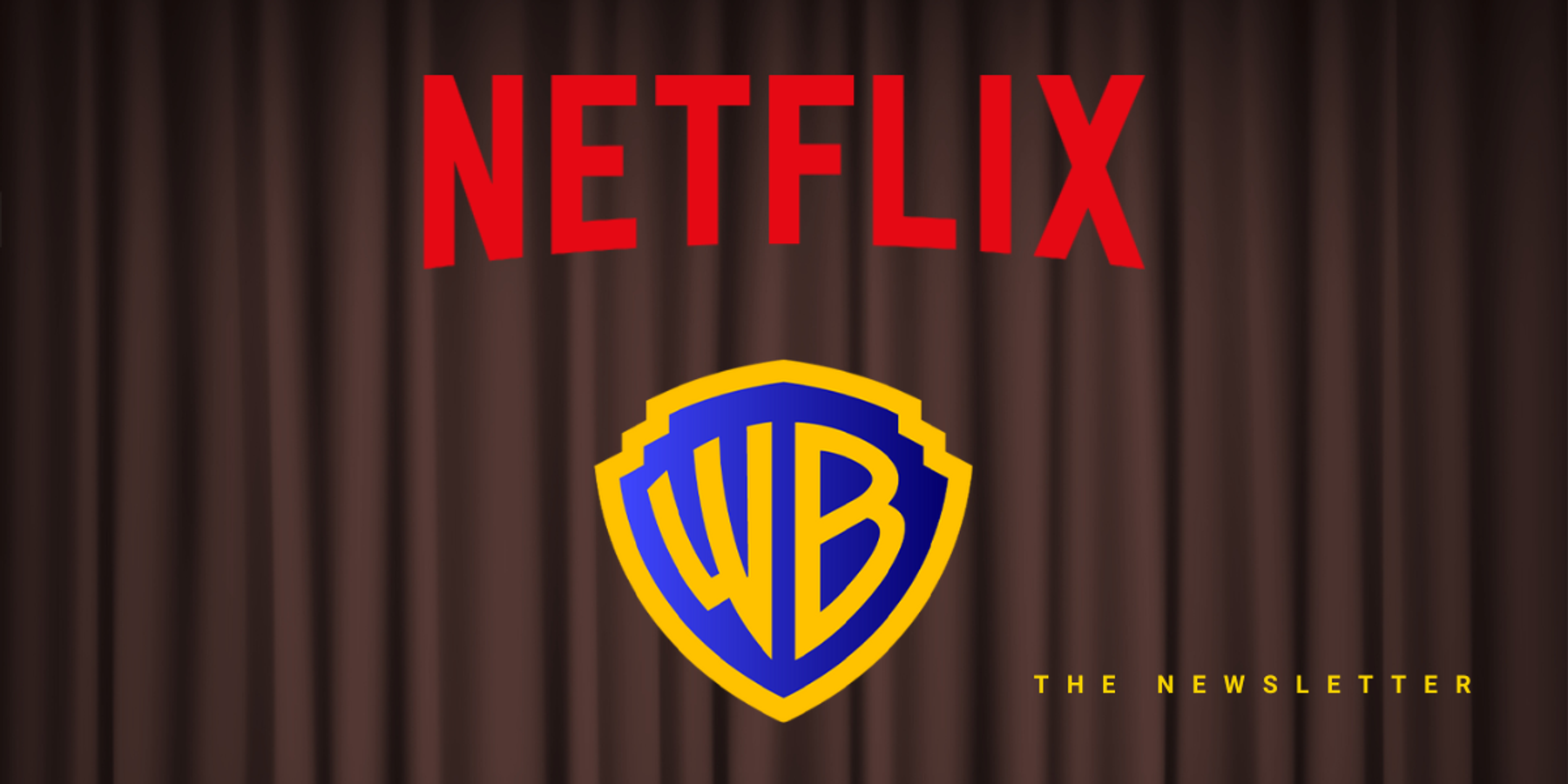Is AI Art Genuine Creativity or a Gimmick To Go Viral?

Warnings about learning computers coming for your job are nothing new, but the last month or two has seen an explosion of interest in the topic. According to a February survey from Resume Builder, 33% of managers who are already using ChatGPT at their companies said that the program will “definitely” be responsible for layoffs in 2023, while 26% said that they will “probably” replace real humans with the language modeling app soon.
There’s some consensus about which kinds of jobs and sectors are in the most immediate danger of being innovated out of existence. ChatGPT is already skilled at writing simple code, so basic computer programming tasks seem likely to get farmed out to apps in the near future. As well, much of the work that traditionally went to executive assistants – administrative tasks, scheduling and cancelling appointments, sending simple email updates and the like – are already being done by apps. ChatGPT-4 has already passed law school exams, and could theoretically one day do the kinds of work currently done by paralegals or other professionals.
Then there’s what CBS News calls “mid-level writing,” like advertising copy, cover letters, or press releases. Because of the repetitive, format-friendly nature of these kinds of compositions, a lot of AI applications are already capable of producing content that’s (mostly) indistinguishable from human workers. The same is likely true of basic graphic design tasks. An app might struggle to create something large, original and elaborate, but simple designs like logos or web page layouts are already realizable.
AI: Not an artist but an imitator
None of this is particularly controversial. With the right kind of development and prompts, AI apps can now be trained to accomplish semi-repetitive tasks, even if they’re complex, or require consideration of a lot of stakeholders or variables. But what happens if the tasks are not all that repetitive, or require more independent creativity and outside-the-box thinking? Are apps definitely going to soon take those jobs as well? Will AI replace just entry-level graphic designers making new startup logos, or will it eventually decorate our homes for us and paint our murals?
This is a more nuanced question, even as some in the tech world seem desperate to collapse the distinction. In a widely-shared tweet over the weekend, investor and venture capitalist Gavin Baker did just that, suggesting that Generative AI will soon take over making art from the artists. Sharing that fake Drake/Weeknd song, he tweeted that “almost all content will be personalized by generative AI in the near future” and that apps capable of making entire films based on prompts – a process known as “text-to-movie” – is only a few years away.
It’s certainly possible that this will happen, though considering the current state of “text-to-movie,” it doesn’t feel like a total locked-in sure thing. But robots making art is a question that touches on some abstract and metaphysical ideas about the nature of creativity. If art exists in its purest form to convey abstract ideas and emotions that can’t be otherwise stated clearly in language, is it even possible for a machine – which does not experience emotions – to create it? A robot can jot down the right notes in order, but it can’t hear the music. We’re certainly seeing a lot of examples of AI art, and some of it is definitely compelling, but it’s still up for debate whether or not it’s timeless or meaningful or deeply resonant. It’s mostly cool because a computer made it, not for its own sake.
Back in January, music video director Keith Schofield shared images he created in Midjourney of a fake David Cronenberg ‘80s film called “Galaxy of Flesh.” But while the images are weird and arresting, they don’t really look like they come from an actual ‘80s Cronenberg film, and are unlikely to fool a real cult movie fan. It’s up for debate whether or not these images would have gone viral on their own, without the novelty of having been created by AI. Ditto stuff like “Every President as a Pixar Character.”
It’s less about the technology, and more about who decides how we use it
For all intents and purposes, that’s still the world we’re living in. Content produced by generative AI is interesting… because it was produced by generative AI. Would it be interesting all on its own, if a regular boring person had made it? That’s impossible to say one way or the other in 2023; the technology is still too new.
It’s also worth considering the source of some of this excitement about apps replacing artists. It would certainly be much cheaper for a person who owns a publishing company or a movie studio or an art gallery to work with apps instead of human artists. Apps don’t need extra time to finish an assignment, they never have a time conflict or a bad attitude, and once you’ve bought them from the software company, you don’t have to keep paying them. With Hollywood writers preparing to strike for better wages and benefits, Disney would obviously love nothing more than to let a computer write live-action “Moana” instead of paying off screenwriters to return to their desks.
It’s probably not possible to have a totally unbiased discussion about which jobs will be replaced by AI and which will always require a human touch. There are a lot fewer viral threads going around Silicon Valley this week looking ahead to a future when AI eliminates the CEO position, even though we already have some evidence that this could be effective. Those aren’t the people the AI investors writing the viral threads are sick and tired of paying.
If we step away from the investor and founder perspective, the best and most productive way forward may not even be the use of AI apps to eliminate jobs. A recent collaborative study by the University of Pennsylvania and OpenAI suggests that AI might work best in coordination with workers, whose tasks overlap with software, rather than eliminating people entirely. Already, around 40% of Americans say they use generative AI technology in their work. Perhaps, in the near future, we’ll all have AI co-workers rather than rivals. Wouldn’t that be nicer?
- Sense and Stability: Artists Take AI to Court Over Copyrights ›
- A Decentralized Disney Is Coming. Meet the Artists Using AI to Dethrone Hollywood ›
- Art Created By Artificial Intelligence Can’t Be Copyrighted, US Agency Rules ›
- Is AI Making the Creative Class Obsolete? ›
- Google, Microsoft, and Meta Plan To Shift to AI-Enabled Ads - dot.LA ›
- RNC Responds to Biden Reelection Bid with AI-Generated Ad - dot.LA ›
- LA Tech Week: AI's Role in Advertising and Marketing - dot.LA ›





 Image Source: Perelel
Image Source: Perelel